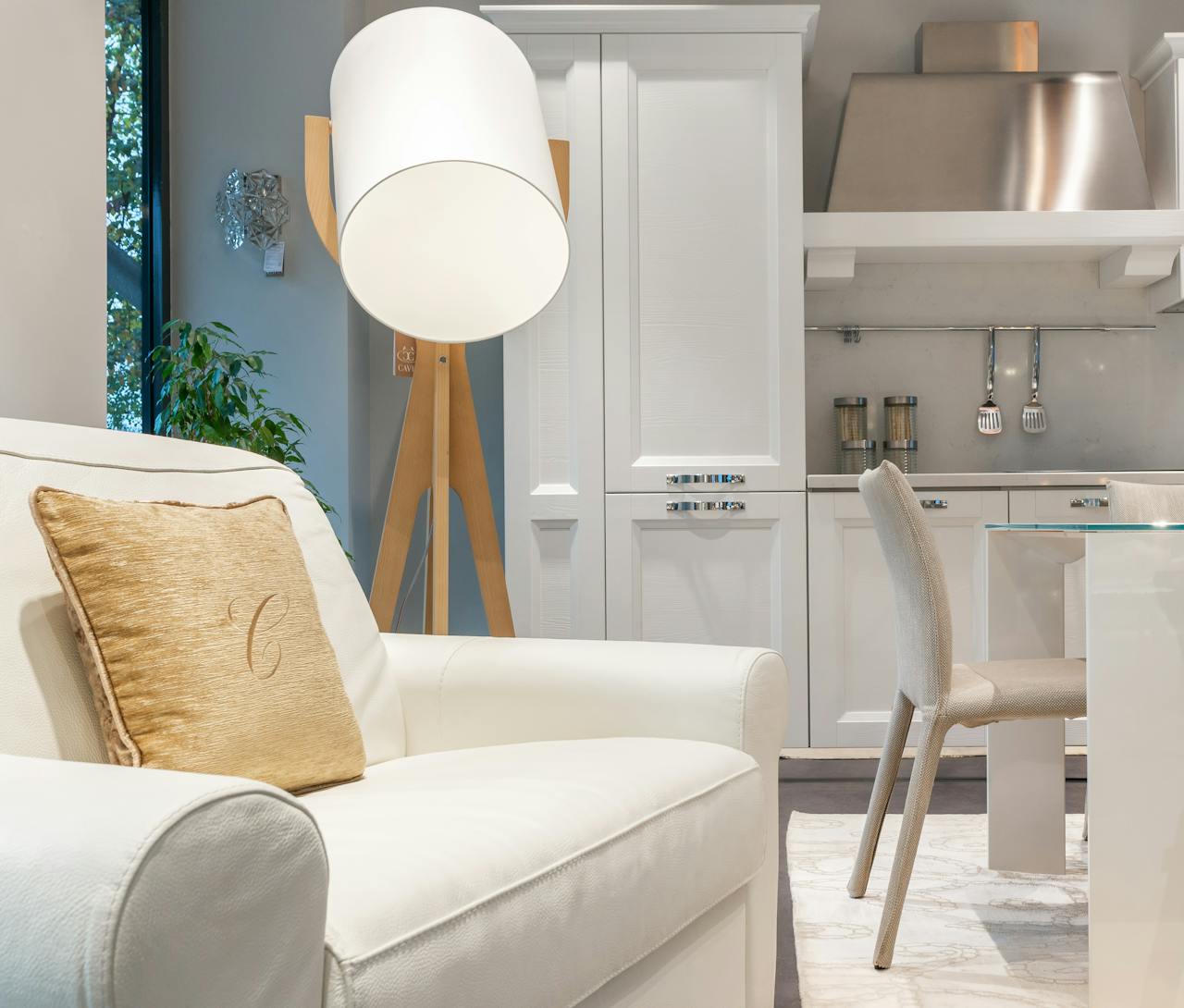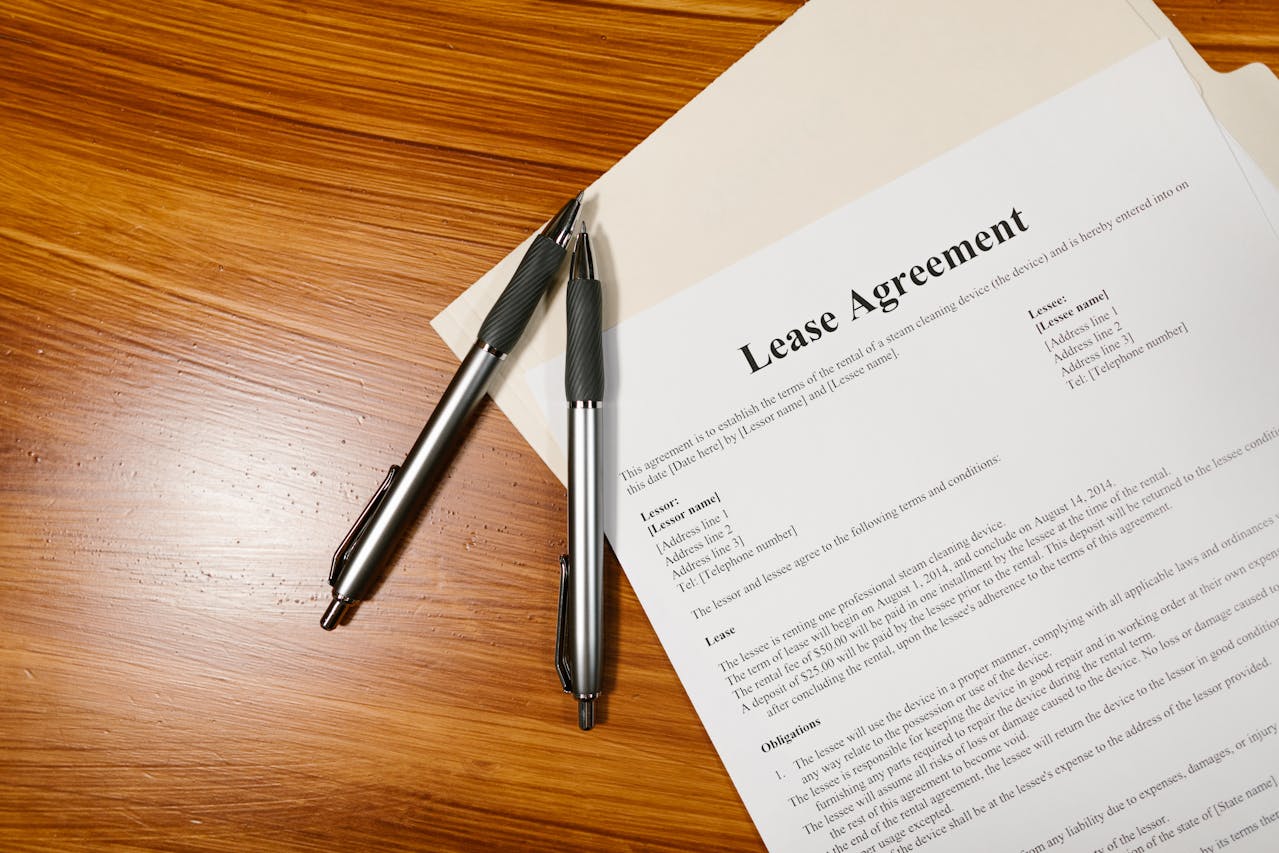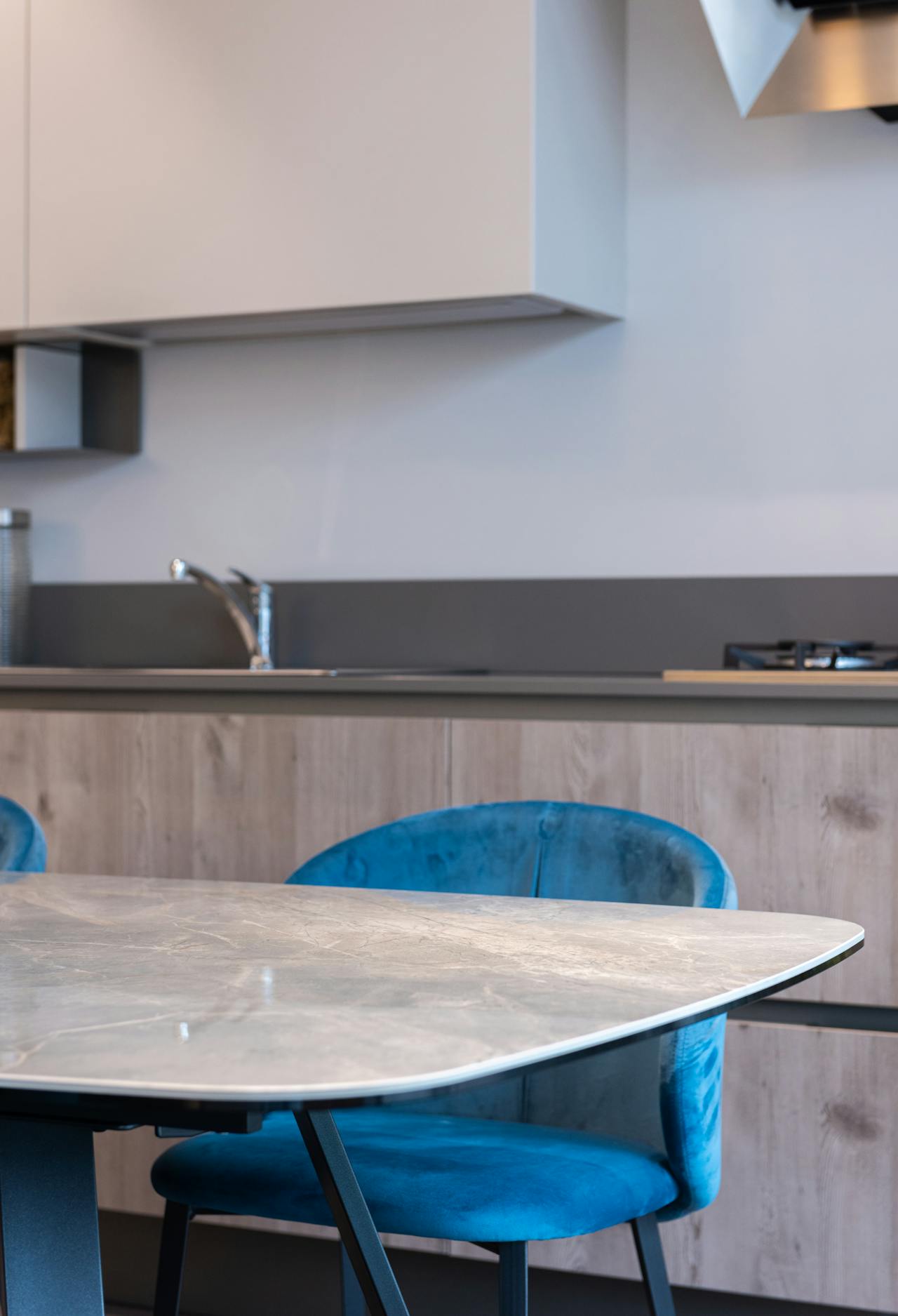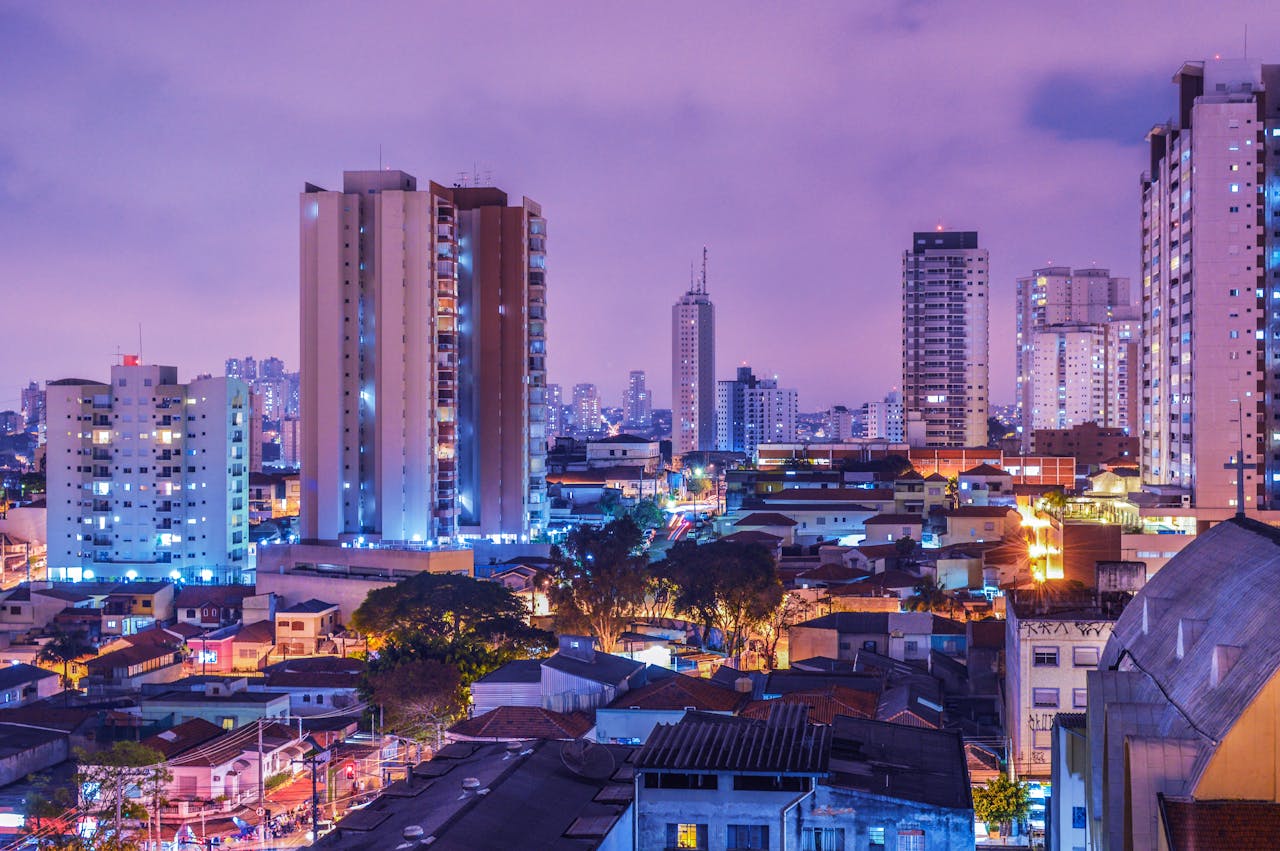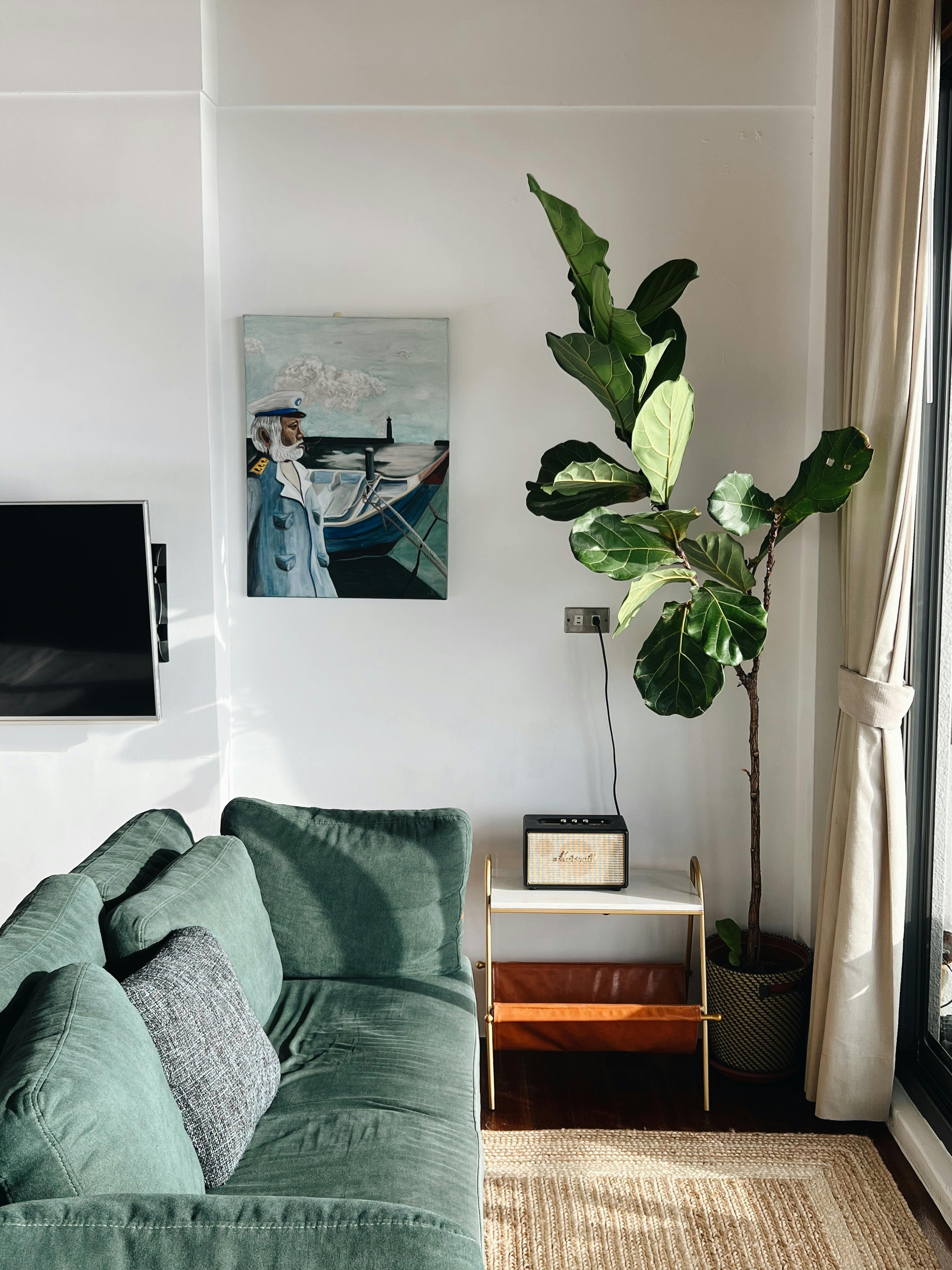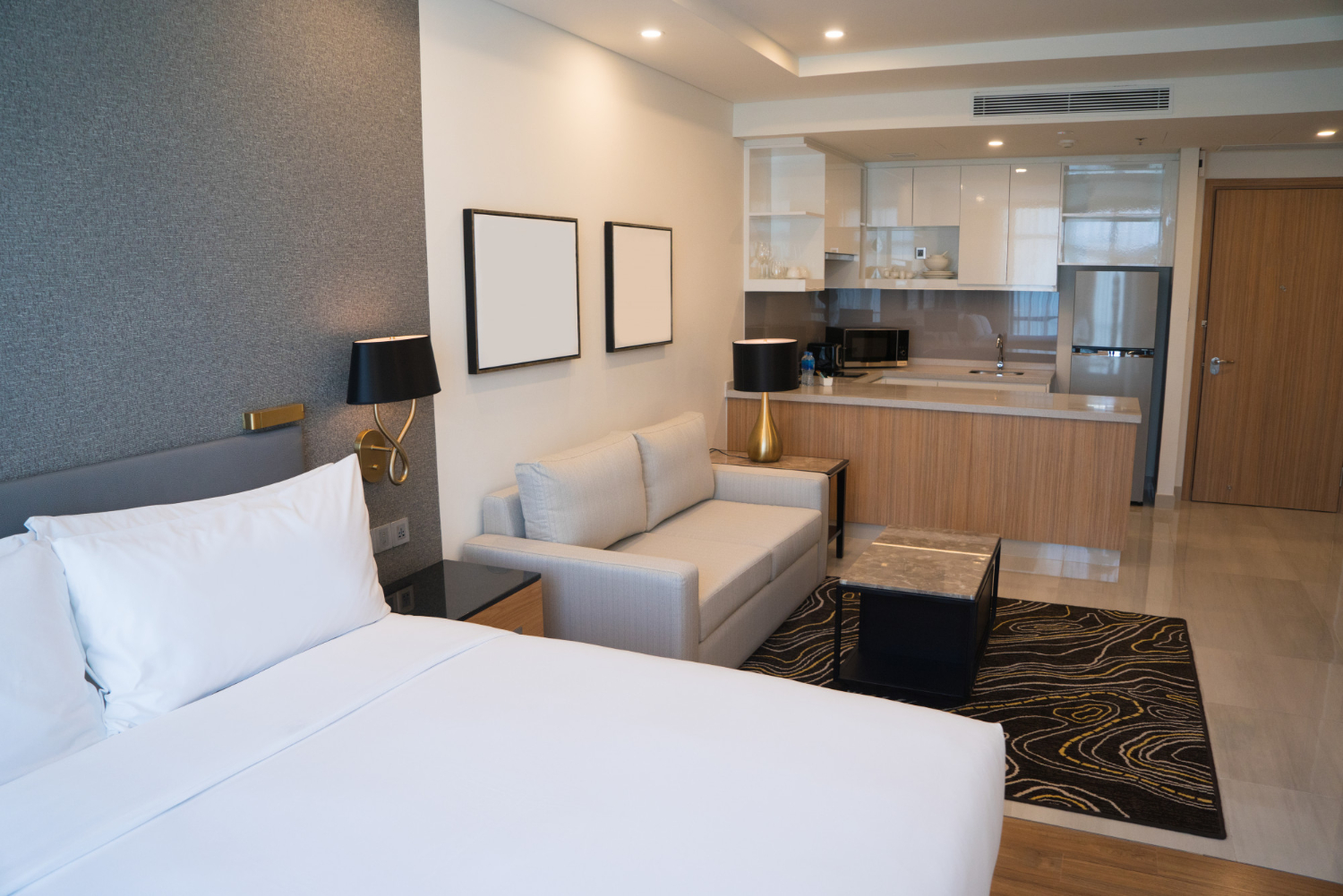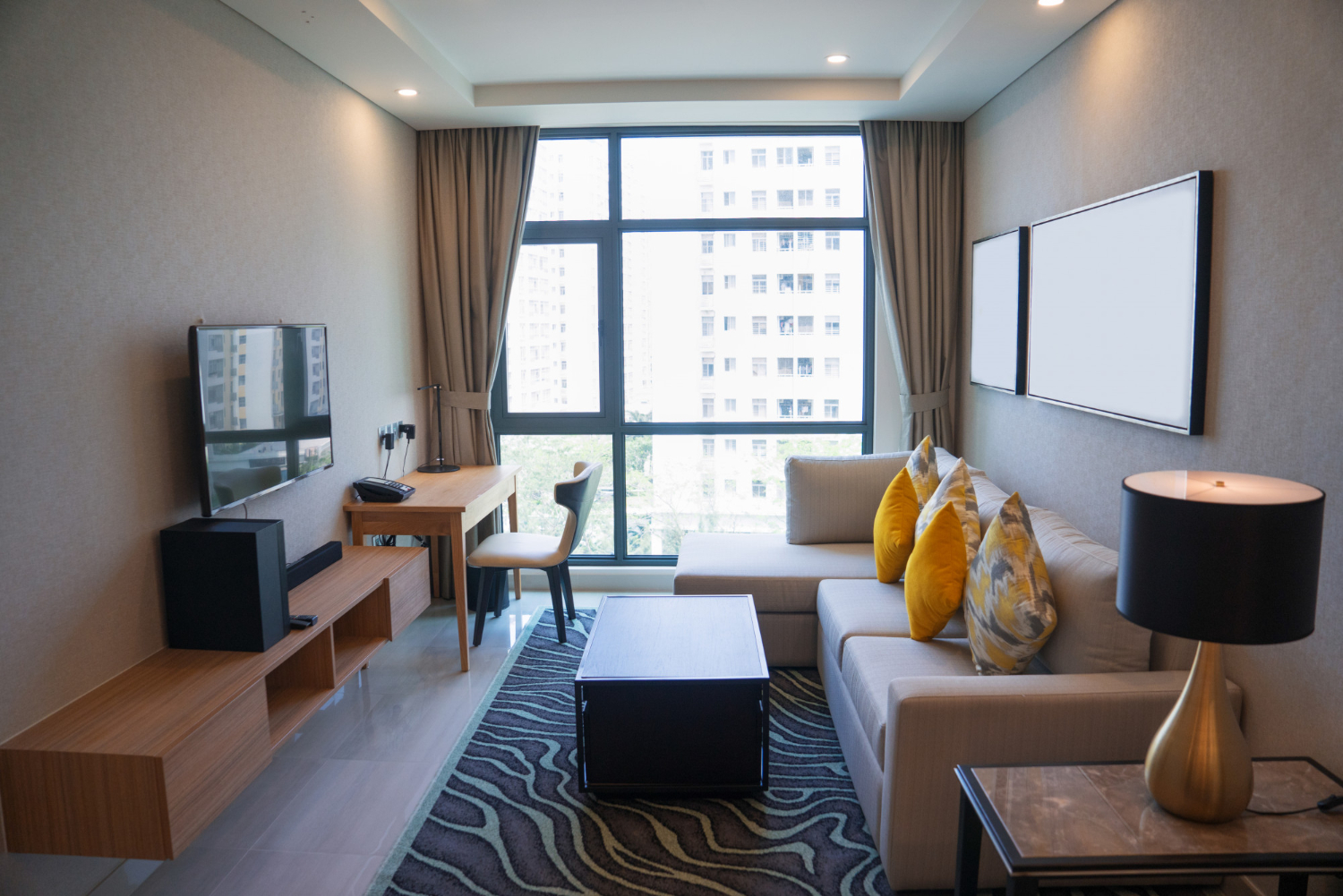What is the Difference Between an Apartment and a Condo?
There are hundreds, if not thousands, of apartments and condominiums all around the metro as well as in the suburbs. When both housing options are available near central business districts and suburban areas, which one should you choose?
Let’s dive into the differences between an apartment and a condominium, their respective pros and cons, and find out which is the better choice for you.
What is a Condo?
A condominium is a residential building typically built by a real estate developer. This building is comprised of individual units that are sold separately to private owners. Owners of a condo unit own the space within their unit, but shares ownership of communal spaces, such as hallways, lobby, gym, pool, and so on.
Condominiums are often managed and maintained by a board or association. This board functions like a homeowner’s association, meaning they handle the maintenance and repairs of communal areas as well as implement rules and regulations throughout the building.
What is an Apartment?
An apartment is a residential unit that is typically part of a residential complex that may be owned and managed by a rental company or an individual.
An apartment complex may be comprised of one, two, or more units, each one containing all the necessities of a residential space.
The owner of an apartment rents out each unit to an individual, a group, or a family unit. The owner or landlord is also responsible for all maintenance and repairs in each unit. Likewise, they have full control of the rules and regulations within the property, even within each unit.
What is the Difference Between a Condo and an Apartment?
Now that we have provided the basic definition and characteristics of the two types of housing, we can proceed with comparing apartments vs. condominiums.
Amenities
Perhaps the most obvious differences between condominiums and apartments are the amenities.
Both condos and apartment units have basic living spaces like living rooms, bedrooms, toilets and baths, dining rooms, kitchens, and sometimes a garage. Depending on the size of the unit, these spaces may come in separate rooms or be fit into one room.
However, condominiums have additional amenities in common areas, such as pools, gyms, function rooms, barbecue areas, playgrounds, and so on. Furthermore, condos may have convenient access to shops. For example, many commercial spaces for rent in Ortigas are in condominium buildings so they’re easily accessible to residents.
For some, these amenities make living in a condo more convenient and worthwhile than renting an apartment.
Rights and Responsibilities
Living in a condominium and apartment entails unique rights and responsibilities, too.
In a condominium, the owner has the right to decorate and renovate their unit. They can use the unit however they wish – live in it or rent it. They are also primarily responsible for its wellbeing, although associations usually provide guidelines.
With that said, condominium owners also have a right to use the different amenities in the building, such as gyms, conference rooms, or pools. Likewise, a tenant in a condominium may use these amenities for the duration of their contract.
In an apartment, the landlord or property manager dictates what tenants may do in the property. Tenants may not be allowed to make renovations, nor can they sublease the unit. They’ll need permission to do these.
Costs
The costs of any rental depends on different factors, specifically: age, size, facilities, and location. However, generally speaking, condominium units tend to be more expensive than apartments.
Owning a condominium is similar to owning a house: you need to pay taxes, association dues, and maintenance and repairs.
However, renting a condo relieves tenants of those responsibilities. But it can still be more costly than an renting an apartment unit. The price difference between an apartment and a condo can be attributed to the location, the age of the building, amenities, and security.
An apartment typically only has the basic facilities of houses – bedrooms, kitchen, dining area, and living area. Though some may also have a garden and garage. In contrast, a condominium unit also have basic living facilities, but it also includes other amenities that make it more exciting.
So, even if a condo unit in Ortigas may be smaller, a larger apartment for rent in Caloocan area may still be more affordable because of their location.
Repairs and Maintenance
In the Philippines, whether you’re renting a condo or apartment, there are clear regulations as to which repairs and maintenance owners and tenants must cover.
Owners are responsible for the following:
• Structural repairs
• Major system repairs (plumbing, electrical, HVAC systems)
• Repairs of appliances they provided
• Repairs related to security and safety
• Maintenance to ensure compliance with local codes
Tenants are responsible for the following during their stay:
• Maintaining cleanliness
• Routine maintenance (e.g., changing light bulbs)
• Minor repairs resulting from normal wear and tear
• Repairing damage caused by tenant negligence
• Repairs of their personal property
With that said, handling repairs and maintenance may be more convenient in a condominium since these usually have an in-house maintenance crew to help residents while ensuring the quality of work. All you need to do is pay for the repairs done.
With an apartment, you and your landlord will most likely need to bargain and coordinate about who will handle the repairs. If your landlord doesn’t have a trusted repairman, you may have to look for one yourself.
The same arrangements are true with commercial spaces for rent in Caloocan city and other areas in the Metro.
Ownership
Apartments and condominiums have unique set ups for ownership.
With condominiums, units are purchased by individuals either from the developer or from another owner who had previously purchased it from the developer. The owner, then, has the freedom to live in the unit or rent it out.
Apartments, on the other hand, are usually built by the owners themselves. The landlord owns the entire property and rents it out to tenants. Tenants do not usually have the option to own an individual unit in an apartment complex. If an apartment complex is for sale, it is usually sold and bought as a whole.
So, it is possible to live in either types of housing regardless of your readiness to purchase a property.
Apartment Vs. Condo: Which is Better?
What is the difference between an apartment and a condo, and which is the better choice?
Living in a condominium that comes with both residential and commercial space for rent in Metro Manila offers numerous benefits and conveniences that may not be available in regular apartments. Apart from the amenities, condominiums make quick grocery or late-night snack runs more accessible.
But the ultimate choice is yours. If your priority is convenience and access to certain amenities for your lifestyle, then a condominium may be the ideal choice for you. Check out what AMA Towers Residences offers to help you build your ideal life.


